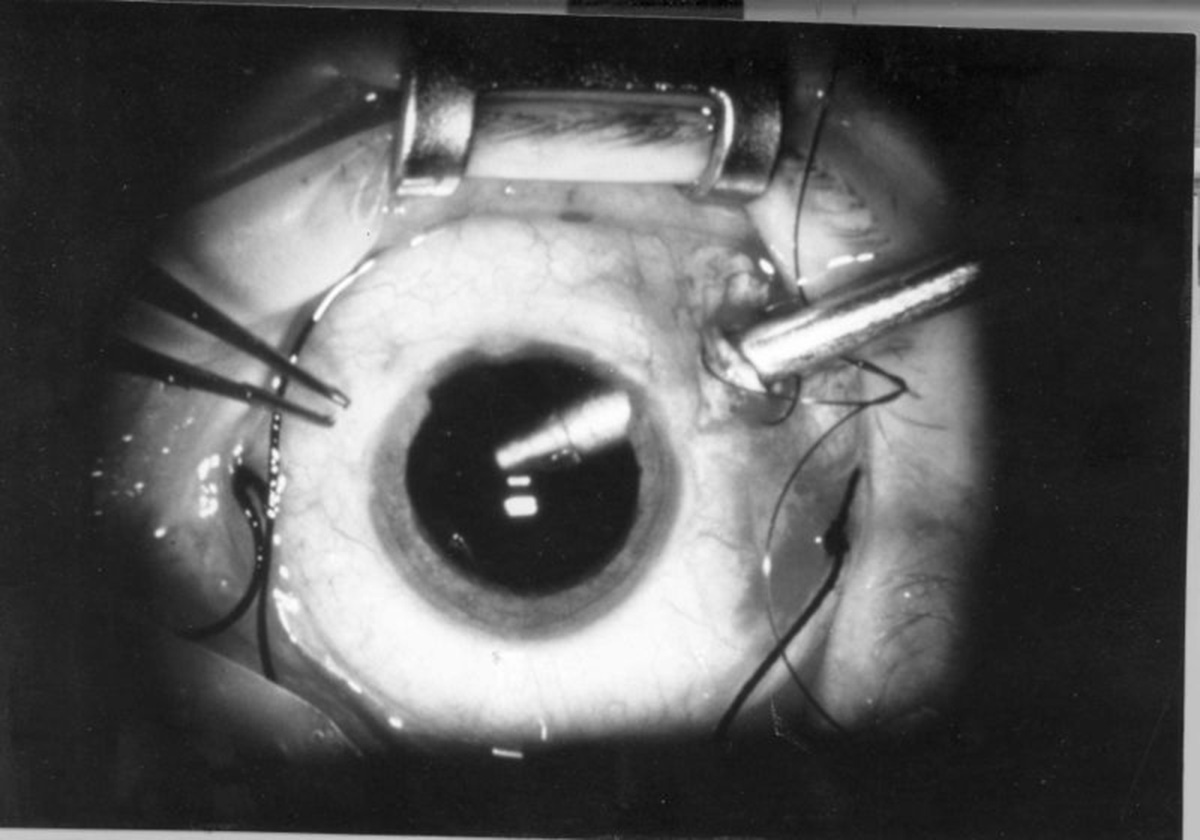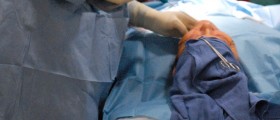
Vitrectomy procedure is a form of eye surgery that is performed to repair different retina disorders. Vitrectomy represents surgical removal of the vitreous gel form the eye. The vitreous is clear, jelly-like substance that is found in the middle of the eye. The vitreous lies against the retina. It makes most of the eye interior and helps the eye to keep its shape. Vitrectomy procedure may differ from patient to patient depending on the amount of fluid that has to be removed.
Why is it Done?
Vitrectomy procedure is most commonly performed when debris or a foreign body is present in the fluid within the eye or due to certain infection or any other problem of the eye. The surgery is done to prevent further damage to the eye. Sometimes, the vitreous gel has to be removed before other surgery like repair of the retina or biopsy of nearby tissue. When the retina has to be repaired, the fluid has to be removed because it is the only way to reach the retina. Vitrectomy is most often done in patients with diabetes since this condition may lead to perforation of tiny blood vessels inside the vitreous, which significantly reduces the vision of a patient.
How is it Done?
Prior to the vitrectomy procedure a patient receives local anesthetic and sometimes general anesthesia is used. Eye drops are administered prior to the operation to dilate the pupil and after the procedure to reduce the risk of infection and lessen the inflammation. The vitrectomy procedure is done through tiny incisions in the eye made for inserting instruments. The vitreous gel is cut and sucked out. When the fluid is drained the retina can be treated with a laser. This is performed by removing the scar tissue from the retina and flattening the area where the retina has been detached. The vitreous gel is replaced with silicone oil or gas that is injected inside the eye. It is required in order to restore normal pressure inside the eye.
Recovery Time for Vitrectomy ProcedureThe vitrectomy procedure requires adequate eye care after the operation. The vitrectomy can be done weather as independent or secondary procedure. That determines if a patient will be treated on an outpatient basis or will have to stay in hospital overnight. As the secondary procedure, the vitrectomy is a part of more serious operations such as restoration of eyesight. Post-operative treatment at home involves resting in a particular position which is usually “face-down.” Possible complications of the vitrectomy procedure involve increase in pain, decrease in vision, blurred vision, discharge from the eye, increase in redness and bulging around the eye. In case of any of mentioned complications, the patient must immediately contact his ophthalmologist.
















Your thoughts on this
Loading...